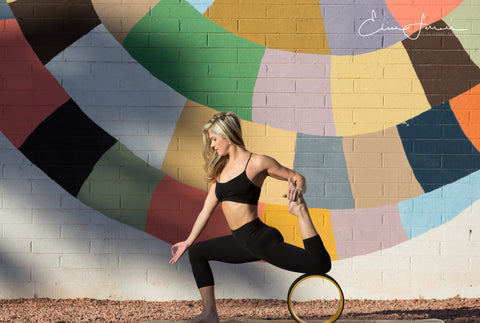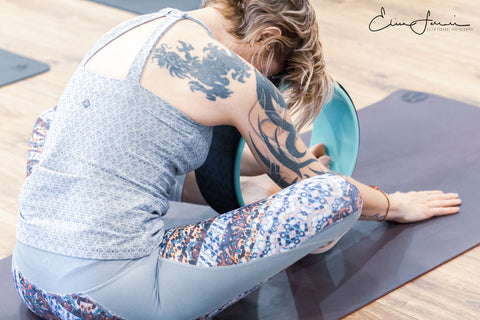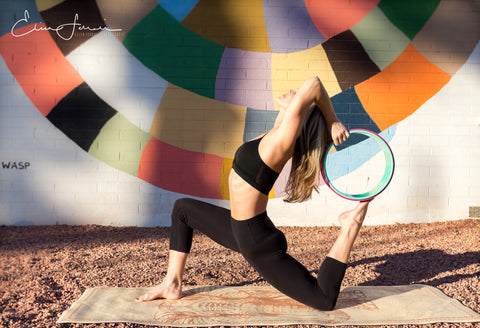Reconnecting With Your Self Through Yoga

An estimated 36 million Americans practice yoga. Most do it for the obvious health benefits, like increased flexibility and strength, reduced weight, improved stamina and relief of stress, but others view it as a spiritual practice during which they can disconnect from or reconnect with their sense of self. Yoga is like meditation, in that it fosters introspection in people who can either use it to deflate the self if they desire modesty, or magnify the self if they desire affirmation. The latter can be accomplished by using some tried and true techniques from yoga professionals.

De-stressing through posing
A person’s true self is often buried under stress, depression, anxiety, and other temporary mental states. This residue can get so thick that it completely erases the understood self and replaces it with something unpleasant and unfamiliar. Yoga can help clean up this residue, and regular yoga sessions can remove the residue that has built up since last session. This way, negative emotions will not be able to distort the sense of self with any permanence. A pose that is particularly useful in cleansing one’s mind is “The Child,” which entails kneeling and resting one’s forehead on the mat while stretching one’s arms. This is meant to be a relaxing break between more challenging poses. Done correctly, “The Child” relieves stress, anxiety and depression, and reunites a person with their true self.

Mindfulness through quietness
Yoga is a silent practice because distractions are anathema when self-improvement is the goal. The silence of yoga, combined with physical conditioning and methodical breathing, can bring about mindfulness, which, as all meditators know, is a portal into one’s self. Mindfulness concerns the non-judgmental observation of one’s thoughts and feelings, putting them in an objective context that lessens their burden on the individual. In a way, mindfulness shows you to you, revealing hidden information about your identity that you could only have discovered through therapy, hypnosis or psychic readings. Thus, mindfulness can give spiritual seekers the self-affirmation that mediums provide – only without the middleman.

Confidence through mastery
A third way that a person can use yoga to bolster one’s sense of self is by becoming really good at it. After all, who doesn’t feel better about themselves when they’ve mastered a task for which they’ve spent years practicing? To people who believe that the purpose of yoga is to shrink one’s ego, this may seem like a paradox. However, psychologists have discovered that although yoga does have some ego-reducing properties, it’s no match for human pride.
A study published in the journal, Psychological Science, shows that, after assessing 93 yoga students’ feelings over a period of 15 weeks, researchers found that the students had higher levels of self-esteem and communal narcissism than when they began the study. They also viewed themselves as being better than other students. This is classic self-centrality, a principle in psychology that concerns people who have practiced a task for long enough that it has become such a large part of their identity that they believe themselves to be better than people who have been practicing the same task for a similar amount of time. Science has spoken: practicing yoga makes people more confident – so confident that they view their yoga proficiency as part of their identity, for better or for worse.
Yoga is one of the best methods for understanding one’s self. There are many methods inside the method for achieving this clarity, including relaxation poses, mindfulness meditation, and years of practice. Each technique can provide a person with increased confidence and self-esteem, important steps on the road to living more fulfilling lives.
